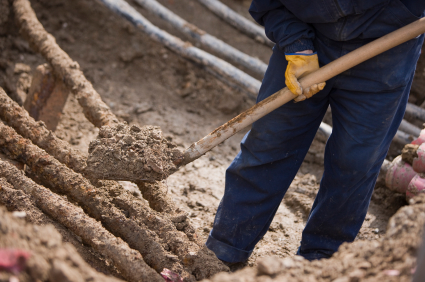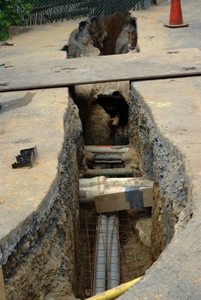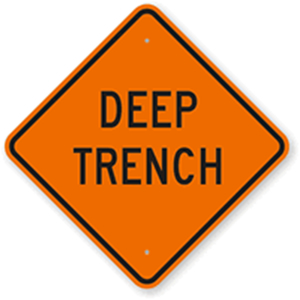Damaged Underground Utilities
Underground utilities can expose workers to a variety of hazards, including electrocution, explosions or flooding. Prior to digging with mechanized equipment, excavators are legally required to contact the local utility owner to make sure that all utilities in the area are marked. Ensuring that electrical, gas and water lines are properly marked will guarantee that none of these utilities are struck by digging equipment.
In addition to these safety measures, OSHA has done much to establish standards and best practices for excavation and trenching safety. The agency issued its first Excavation and Trenching Standard in 1971, and has since amended this standard several times in order to maintain safe worksite operations.
OSHA’s standard requires that all contractors factor the execution and cost of safety measures into their construction plans from the outset. An effective plan for minimizing workplace hazards includes establishing a system for identifying, evaluating and preventing these hazards. As part of this plan, OSHA requires that once work on the site has begun, a competent person must inspect the site for potential causes of workplace injuries on a daily basis. In addition to inspections, an on-site safety supervisor should also investigate accidents, attempt to anticipate hazards and conduct on-the-job safety and health trainings.















